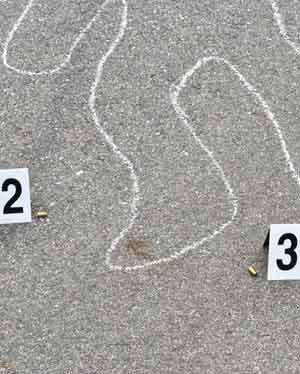
By Jane Goodman-Delahunty and David Tait
Most previous studies suggested the CSI effect was largely a fiction. This chapter, using insights from two studies of two mock trials using ‘the Sydney Bomber Case’, paints a slightly different picture.
In the first study in this project we found an effect on conviction rates, with more convictions from jurors most conditioned by CSI watching than from others. In the second study regular CSI viewers said they found interactive visual evidence more “important” than those who were not regular CSI viewers.
‘The Sydney Bomber Case’ is a fictional alleged terrorist incident in which a young white man was accused of placing a bomb on a train that exploded after he alighted, killing innocent commuters in the centre of Sydney.
This chapter is useful for:
- Students, teachers, researchers – in Law, Psychology and Communications
- Practitioners of law and criminal justice
- Forensic scientists and psychologists
- Police, national security officers and court officials
- Policymakers
- Journalists.
The book
This chapter is in the book Juries, Science and Popular Culture in the Age of Terror
Other related chapters
Other chapters that provide research insights arising from the ‘the Sydney Bomber Case’ are:
Chapter 4: Animating the Bomber: The Sydney Bomber Trial
Chapter 7: Displaying the Bomb on the Train: The Challenge of Preparing Visual Evidence
Chapter 8: Research Aims and Methods
Chapter 9: The Sydney Bomber Study: Introducing the Mock Jurors
Chapter 10: Images of Interactive Virtual Environments: Do They Affect Verdict?
Chapter 11: How Juries Talked About Visual Evidence
Chapter 13: The Effect of Deliberation on Jury Verdicts
Chapter 14: Making Sense of The Evidence: Jury Deliberation and Common Sense